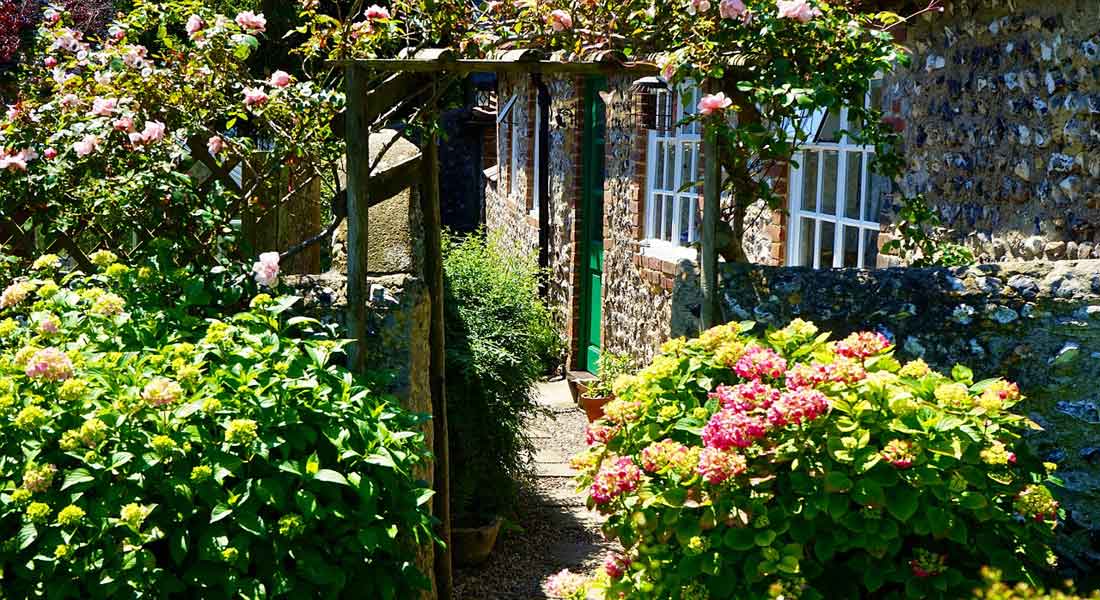Sustainable design and self-sufficient gardening are becoming more and more popular all the time. A lot of modern landscape architects specialise in sustainable garden design, and this is reflected in the ever shifting attitudes about modern landscaping and gardening.
When designing a sustainable outdoor space and garden, there are a few things that you should avoid like the plague. Some of them are very obvious, while others are less so. However, it is important to realise that all of the following things should be avoided if you want to develop a sustainable garden which is both enjoyable and environmentally friendly.
- Plants which aren’t suited to your environment:
On of the biggest issues that people face when trying to design sustainable outdoor spaces is the use of plants which aren’t suited to their environment. Unfortunately, many modern garden plants are from places like Europe and the Americas, where it is usually cooler and moister than in Australia. This means that these plants will need a lot of water and fertiliser to survive in Australia’s tough environment, and they will therefore have a large environmental impact.
- Plastic and synthetic materials:
Unfortunately, plastic is everywhere in the modern world. Its ease of use, versatility, and affordability make it attractive for a wide range of uses. However, it is also very damaging to the environment. Plastics and other synthetic materials leach chemicals and other toxins into the environment, directly impacting plants and animals. If possible, avoid using plastics in your yard.
- Plants which require a lot of synthetic fertilisers or chemicals:
Synthetic fertilisers and chemicals – such as weed killers and pesticides – are also major problems. They also leach into the environment, causing things like algal blooms and oceanic dead zones. Try and plant things which don’t require regular fertiliser, and which are at least somewhat resistant to common pests and diseases.
- Anything that discourages native animals:
Native animals and wildlife are the key to developing a sustainable garden. Although many people take steps to eliminate wildlife from their yards, you should never do this. Instead, you should try and plant things which encourage native animals to seek refuge in your yard, thus creating a sustainable sanctuary where they can feel safe.
- Anything that requires too much water:
Most of Australia experiences water shortages of some sort at various times. Anything which uses too much water is considered unsustainable, and should be avoided. This includes things like major water features and foreign plants.
Developing a sustainable yard space is not that hard. As long as you are careful and take a few steps to make your development more sustainable, there is no reasons why your new backyard can’t both look great and be environmentally friendly!

